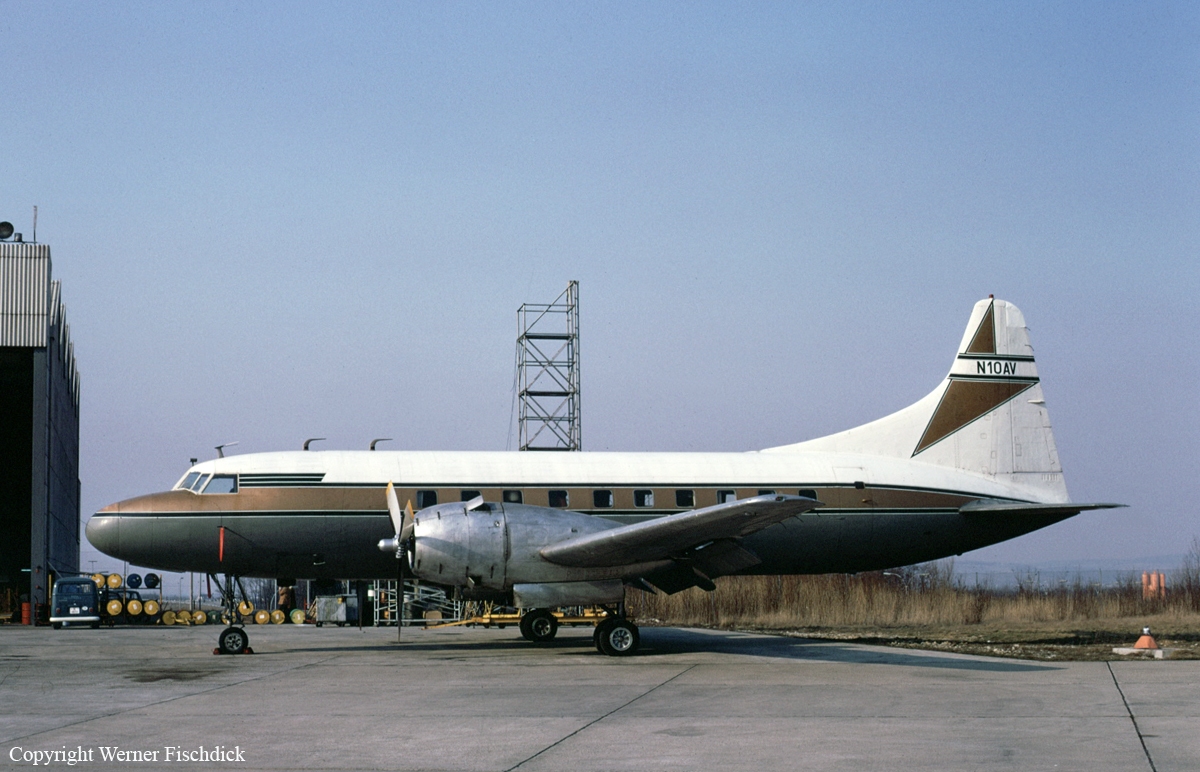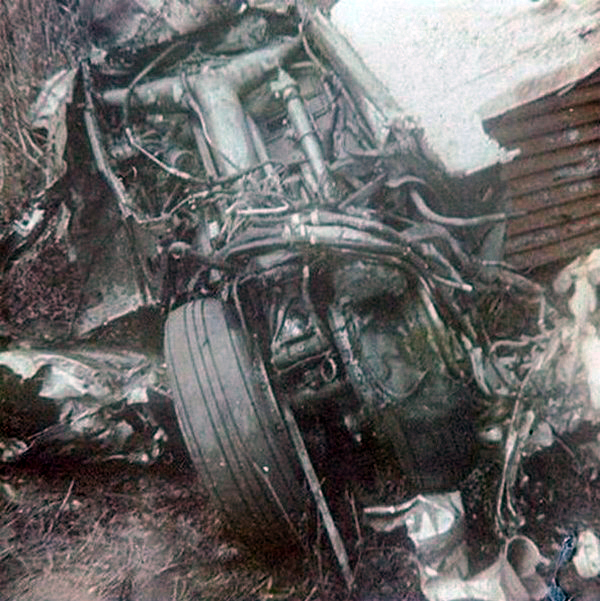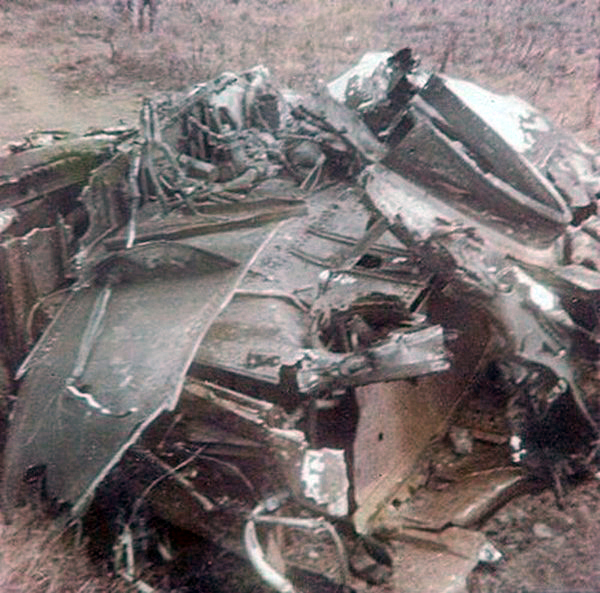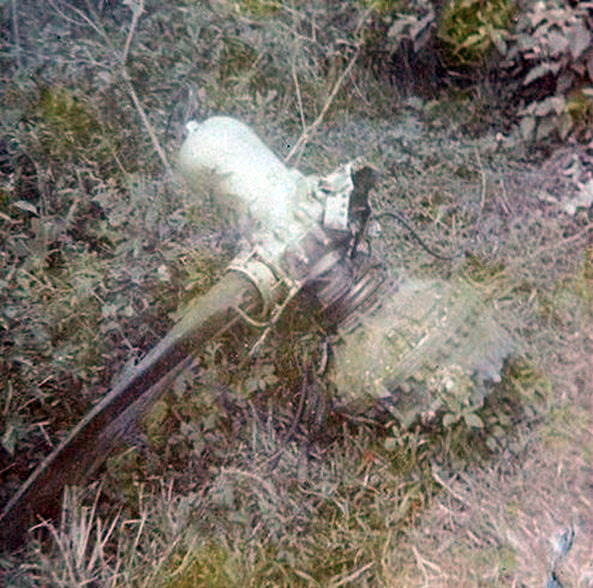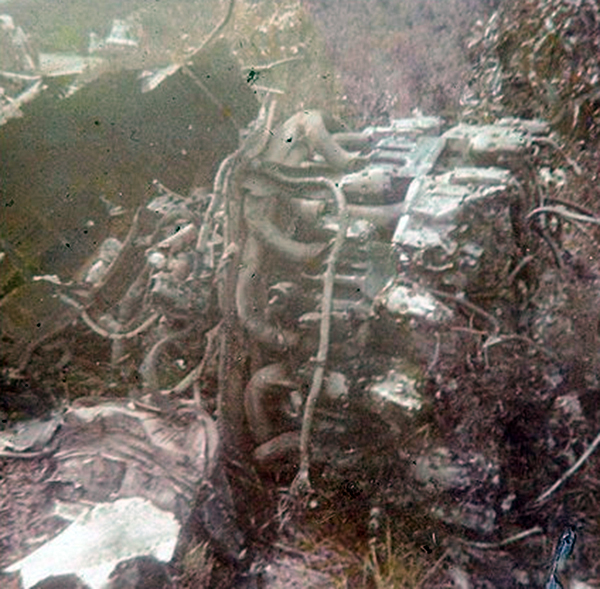Crash of a Convair CV-240-8 in Clewiston: 2 killed
Date & Time:
Sep 4, 1978 at 1130 LT
Registration:
N7177B
Survivors:
No
Schedule:
Clewiston - St Petersburg
MSN:
38
YOM:
1949
Crew on board:
2
Crew fatalities:
Pax on board:
0
Pax fatalities:
Other fatalities:
Total fatalities:
2
Circumstances:
Shortly after takeoff from Clewiston Airport, on a positioning flight to St Petersburg, the crew reported engine problems and elected to return for an emergency landing when the airplane went out of control and crashed in flames near the airport. The aircraft was destroyed and both occupants were killed.
Probable cause:
Uncontrolled collision with ground during initial climb due to engine failure. The following contributing factors were reported:
- Inadequate preflight preparation,
- Water in fuel,
- lack of familiarity with aircraft,
- Poor judgment on part of the pilot-in-command,
- The pilot was not type rated in Convair 240.
- ELT not found.
- Inadequate preflight preparation,
- Water in fuel,
- lack of familiarity with aircraft,
- Poor judgment on part of the pilot-in-command,
- The pilot was not type rated in Convair 240.
- ELT not found.
Final Report:



